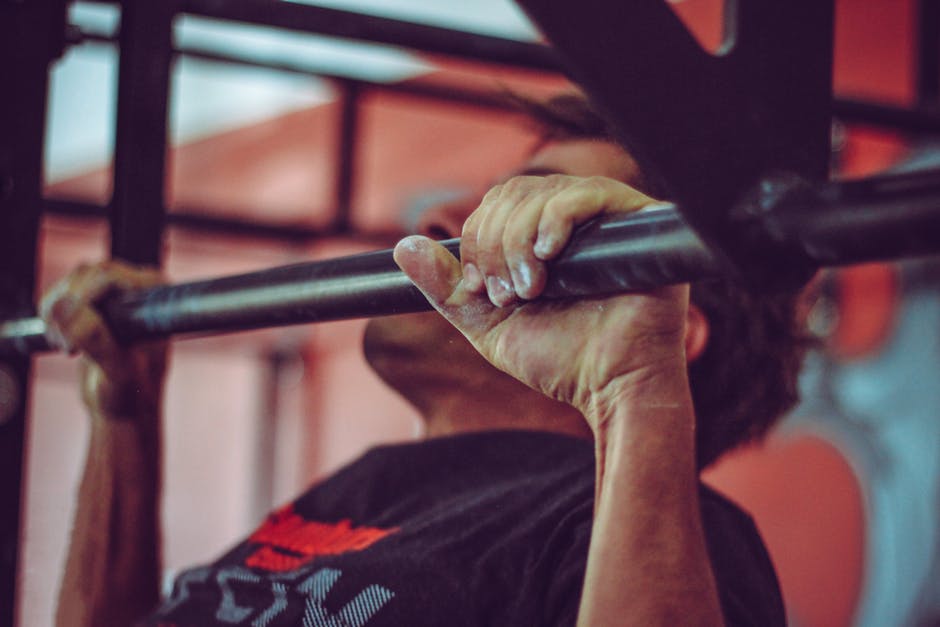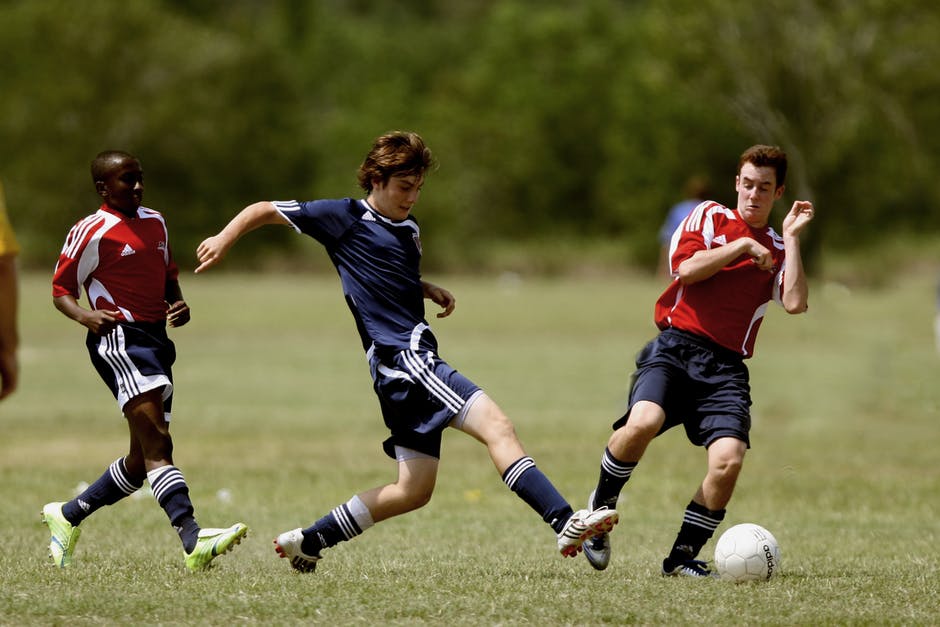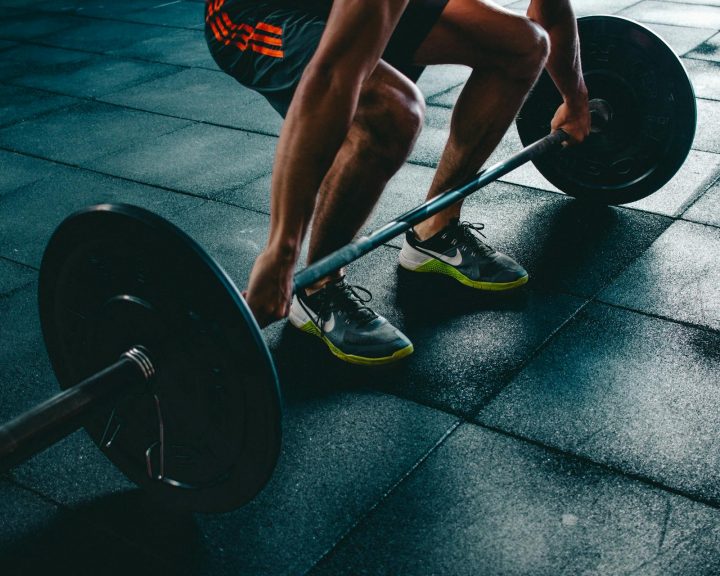In a previous post (http://www.cissik.com/blog/2017/10/pull-ups-for-performance-and-injury-prevention/) I wrote about the importance of the pull-up exercise and athletic strength and conditioning. My perspective in that article was why it is important and how to build up the ability to do it. In this post I’d like to talk about how to use the pull-up in a program once someone is able to do pull-ups.
Once an athlete can perform 10-12 pull-ups, it’s time to use this exercise as one of the main exercises in the athlete’s program. When an athlete is able to perform 10-12 pull-ups, the exercise can be used for a number of things:
- It can be used as a strength exercise. As a strength exercise, weights can be added to the pull-ups so that athletes are performing sets of three to eight repetitions. Generally we’re talking about 25-50 pounds here, so it’s going to be appropriate to perform as a repetition-maximum exercise as opposed to being done at a percentage of maximum.
- It can be used for upper back, shoulder, and bicep hypertrophy. This exercise can be used as a hypertrophy tool, so sets of eight to twelve repetitions with around a minute’s rest in between each set. This means that the athlete may reach a point where some extra weight is going to be needed.
- It can be used for endurance and metabolic conditioning. Bodyweight exercises like pull-ups, dips, and push-ups are great supplements to conditioning sessions.
Below we have examples of how the pull-up can fit into training sessions with a different focus.
Strength:
Generally I like to have one day a week focused on total body maximal strength. This enables it to be trained year round. There are some sports and some times of the year where there may be a second strength session, but the one session is a staple year round. This kind of session is centered around a squat, a hip hinge, a bench press variation, a row or pull-up, and a military press variation. So, with the pull-ups, it might look like this:
Back squats, 3-5×4-8×85%
Romanian deadlifts, 3×4-8
Bench press, 3-5×4-8×85%
Pull-ups, 3×4-8
Military press, 3×4-8
Hypertrophy:
I don’t work with bodybuilders. This means that if there is a need for hypertrophy work, it is usually divided into upper body and lower body sessions – so it assumes there is at least four days of training available per week (i.e. this is off-season training only). In some circumstances upper body and lower body work might be superset to allow both to be done in the same session (and keep the workouts to less than an hour). The challenge with hypertrophy training is that the athlete has to be able to use it in the sport.
Example 1: Using pull-ups in an upper body session
Dumbbell bench press, 3×8-12
Dips, 3×8-12
Pull-ups, 3×8-12
One-arm dumbbell rows, 3×8-12 each arm
Shoulder complex: 3×10 each front raises, side raises, rear lateral raises
Superset biceps and triceps, 3×8-12 each
Example 2: Using pull-ups in a mixed session
Superset: Front squats and dumbbell bench press, 3×8-12×70% and 3×8-12
Superset: Lunges and dumbbell incline press, 3×8-12 each leg and 3×8-12
Superset: Good mornings and pull-ups, 3×8-12 each
Superset: Reverse hyperextensions and bent-over rows, 3×8-12 each
Shoulder complex: 3×10 each front raises, side raises, rear lateral raises
Conditioning:
In a team setting, it’s not unusual to see conditioning performed in stations. This makes an exercise like the pull-up ideal for conditioning workouts. The challenge is that the athlete has to be able to perform enough pull-ups (so 8-12) to make this an effective station. If the athlete doesn’t have that endurance in the exercise, this should be avoided as a station.
The idea is that each station below would be performed for 30-60 seconds, with minimal rest in between, and the circuit repeated as may times as necessary:
Jump rope
Kettlebell swings
Bear crawls
Heavy rope slams
Push-ups
MB slams
Pull-ups
Plank
KB Goblet squats
Lunges
Inchworms
Now, all the above example assume the athlete can perform 10-12 pull-ups. Until they get to that point, the pull-up exercise isn’t going to be terribly effective in a training program.
Pull ups, regardless of the approach, can be done in a team strength and conditioning setting. Most modern squat racks and power cages come with a pull-up bar, which means this exercise can be put into the rotation of exercises.
Now, what if an athlete can’t do pull ups? How do we program it then? Do we just use lat pulldowns? How about bands to assist with the pull ups? First, I’m not a fan of lat pulldowns because each pulldown takes up a lot of space and only one athlete can use it at a time. It also doesn’t teach the athlete to use his or her bodyweight. Second, I’m not a fan of assisted pull ups because I think that most athletes use the assistance as a crutch and very few move on to performing actual pull ups.
Over the years I’ve figured out an approach to pull ups that works with both males and females. First, the athlete begins their set by performing as many as they can – even if it’s zero. Then the athlete jumps up to the top position, with the chin over the bar. From this position they take as long as they can to lower themself all the way down until their arms are extended. Repeat 5-6 times (as they fatigue, it will take less time for them to lower themselves down). Do this for 3-5 sets. Over time, the athlete will develop the feel for the exercise, the confidence to perform it, and the strength to do it all while still getting the benefit of developing the back, shoulders, and biceps – but it’s important to begin each set with the athlete attempting as many as they can!
(Revised 6/4/21)



